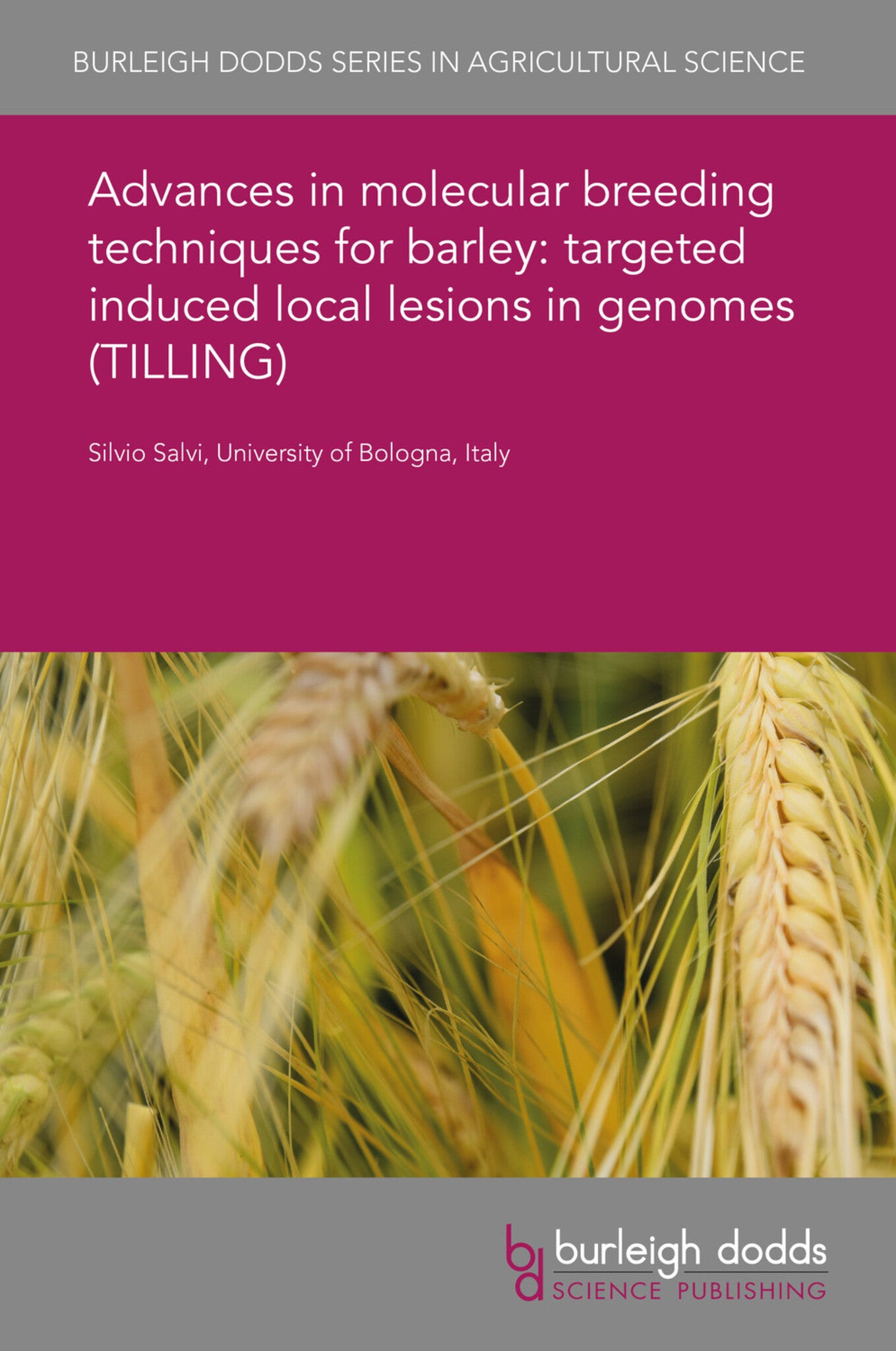We're sorry. An error has occurred
Please cancel or retry.
Advances in molecular breeding techniques for barley: targeted induced local lesions in genomes (TILLING)
Regular price
£25.00
Sale price
£25.00
Regular price
£25.00
Unit price
/
per
Sale
Sold out
Re-stocking soon
TILLING (Targeting Induced Local Lesions IN Genomes) is a reverse genetics method which identifies individuals carrying allelic variants at a gene of interest, within a chemically mutagenized popul...
Read More

Some error occured while loading the Quick View. Please close the Quick View and try reloading the page.
Couldn't load pickup availability
- Format:
-
03 February 2020

TILLING (Targeting Induced Local Lesions IN Genomes) is a reverse genetics method which identifies individuals carrying allelic variants at a gene of interest, within a chemically mutagenized population. TILLING has a number of positive features, including the capacity to provide the investigator with single point mutations offering a wide range of genetic effects useful in functional studies or in breeding applications. Additionally, mutant lines are not regulated as genetically modified. In barley, TILLING has been applied since 2004 and at least six TILLING resources have been described. Mutation densities ranged from 1 per 154 to 1 per 2,500 kb, suggesting that efficient barley TILLING requires a few thousands mutagenized plants. In this review, we will address the main aspects and results of barley TILLING applications. We will give special emphasis on technical novelties in molecular screening approaches, and on rationale and opportunities of using TILLING in barley breeding.

Price: £25.00
Publisher: Burleigh Dodds Science Publishing
Imprint: Burleigh Dodds Science Publishing
Series: Burleigh Dodds Series in Agricultural Science
Publication Date:
03 February 2020
ISBN: 9781786766113
Format: eBook
BISACs:
TECHNOLOGY & ENGINEERING / Agriculture / Sustainable Agriculture, Agronomy and crop production, TECHNOLOGY & ENGINEERING / Agriculture / Agronomy / Crop Science, Botany and plant sciences, Sustainable agriculture

1 Introduction 2 Technical details on artificial mutagenesis and mutation discovery in TILLING 3 TILLING resources in barley 4 Current and future trends of barley TILLING 5 TILLING versus other reverse genetics tools in barley 6 Conclusion 7 Where to look for further information 8 References



